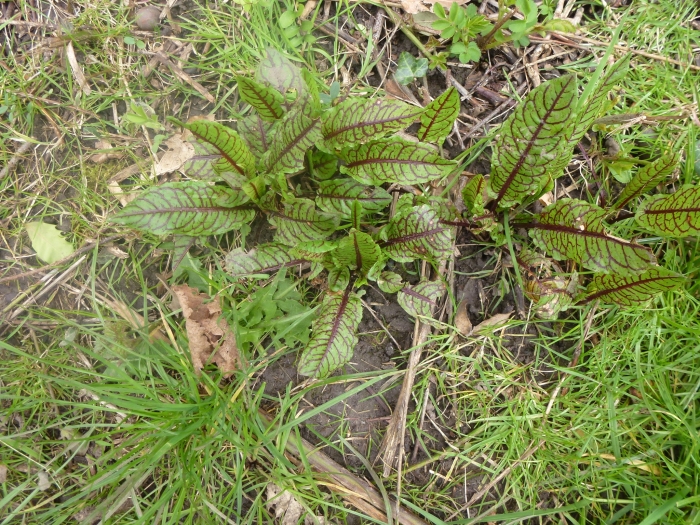Redvein Dock
(Rumex sanguineus)
Redvein Dock (Rumex sanguineus)
/
/

Susan Marley
CC BY 4.0



















































Estimated Native Range
Summary
Redvein Dock is valued for its ornamental foliage, which adds a splash of color to borders, herb gardens, and as a leafy addition to mixed plantings. It is also used in culinary applications, with young leaves being edible and sometimes used in salads. In terms of cultivation, Redvein Dock prefers full sun to part shade and requires medium amounts of water. It is adaptable to a range of soil types, provided they have good drainage. While generally low maintenance, gardeners should be vigilant for leaf spot diseases and rust. Additionally, to prevent excessive self-seeding and potential invasiveness, it is advisable to remove flower stalks before seeds mature.CC BY-SA 4.0
Plant Description
- Plant Type: Herb
- Height: 1-1.5 feet
- Width: 1-1.5 feet
- Growth Rate: Moderate
- Flower Color: N/A
- Flowering Season: Summer
- Leaf Retention: Deciduous
Growth Requirements
- Sun: Full Sun, Part Shade
- Water: Medium
- Drainage: Slow, Medium, Fast
Common Uses
Bird Garden, Border Plant, Edible*Disclaimer: Easyscape's listed plant edibility is for informational use. Always verify the safety and proper identification of any plant before consumption., Low Maintenance, Potted Plant, Water Garden
Natural Habitat
native to stream banks, meadows, and open woodlands in Europe and parts of Western Asia
Other Names
Common Names: Wood Dock, Bloody Dock, Red-Veined Dock, Skov-Skræppe, Blut-Ampfer, Blutampfer, Hain-Ampfer, Verihierakka, Oseille Sanguine, Skoghøymol
Scientific Names: , Rumex sanguineus, Rumex nemorosus, Rumex nemorosus subsp. sanguineus, Rumex sanguineus var. viridis, Rumex viridis, Vibones auratus, Rumex integer, Rumex sanguineus subsp. viridis, Rumex condylodes
GBIF Accepted Name: Rumex sanguineus L.